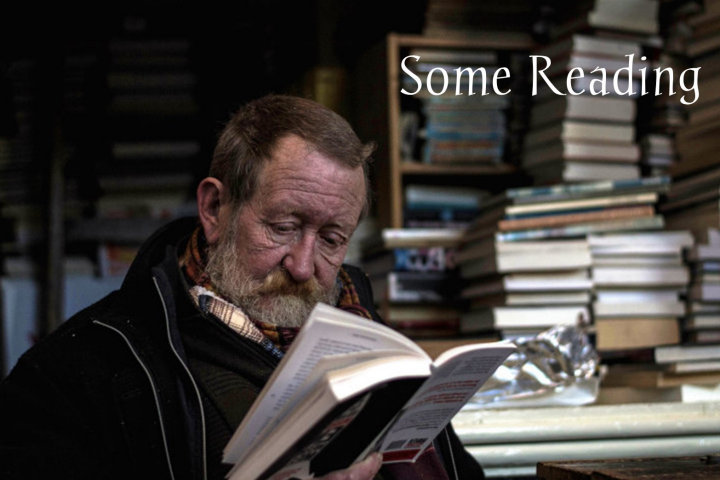

No books are required for this course. And indeed it is difficult to know what to recommend for those who want
to read ahead, since few of the books that purport to address the subject of late-style do so in a comprehensive
way. Nonetheless, the following few notes may be helpful; I will add to them as I encounter more. I put the Edward Said
book first as it is specific to the subject; the other authors are listed alphabetically. Roger Brunyate.
SAID, Edward W. On Late Style (Vintage, 2007).
The late Edward Said's Columbia courses were legendary, and he always intended to put them together into a book, but alas
he left it too late. This slim paperback contains some chapters finished in draft, plus various somewhat-relevant
materials pulled together by his literary executors. The result is a book that is constantly brilliant, but fails to
develop a continuing thesis. Still, much of what I will have to say about Beethoven, Strauss, and Britten on the one hand,
or Proust, Cavafy, and Lampedusa on the other, were stimulated by reading Said, who makes his points far better than ever
I could.
BLOOM, Harold. Till I End My Song (Harper, 2010).
Subtitled "A Gathering of Last Poems," Bloom's book is just that: an anthology of poets from Spenser to the present
century, and their last (or near-to-last) poems. Bloom prefaces each with a one-or-two-page introduction; the poems
themselves range from 8 lines to several hundred. Bloom casts his net wide; there are several more recent poets I
have never heard of, and many more with last works considerably different from the more familiar earlier work. Many
of the poems, though, are not last works, but those that Bloom thought ought to have been the last. Though
Bloom is opinionated and partial in his selection, he can also be quite stimulating.
BLOTKAMP, Carel. The End: Artists' Late and Last Works (Reaktion Books, 2019).
Two of the four chapters in this beautifully written and illustrated book read like expanded articles on Raphael and
Mondrian respectively. But in the rest of it, Blotkamp considers a remarkably wide range of artists, their last works,
and their depictions of death. While his field is much wider than the question of the late style of longer-living
artists, he does address it, and the whole book is a pleasure to read.
GALENSON, David. Old Masters and Young Geniuses (Princeton, 2006).
Galenson's thesis is that artists fall into two basic types. Conceptualists, who form their ideas mentally then
execute them, tend to hit their stride young. Experimentalists, who spend a lifetime perfecting their mastery
of the canvas, tend to be late bloomers. His actual treatment of these ideas, however, is by means of tables and
statistics, leaving little room from artistic insights of his own. His separate paper,
The Nature of Creativity in Old Age, gives a more
manageable application of these ideas to late-life creativity.
KALB, Claudia. Spark: How Genius Ignites (National Geographic, 2021).
An immensely entertaining book by a fellow Osher lecturer. With the subtitle From Child Prodigies to Late Bloomers,
Kalb considers a number of geniuses in a vast range of fields (Leonardo da Vinci to Bill Gates) whose spark ignited at
quite different ages. Although she does not address the question of late-style directly, her book is full of
insights, especially in those sections dealing with creativity at a later age.
VENDLER, Helen. Last Looks, Last Books (Princeton, 2010).
Although she looks at some older poetry as well, Vendler's focus is on five 20th-century American poets: Wallace Stevens,
Sylvia Plath, Robert Lowell, Elizabeth Bishop, and James Merrill. She offers a cogent and detailed analysis of how each
poet expressed their awareness of approaching death while maintaining still-vigorous contact with the life around them.